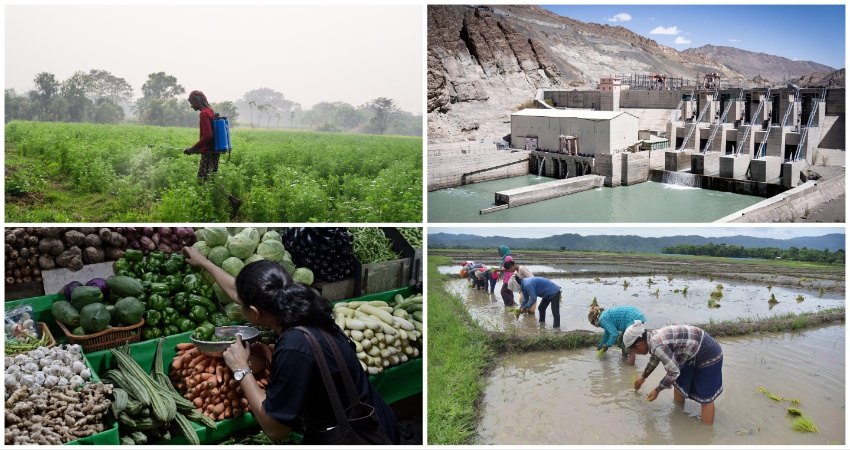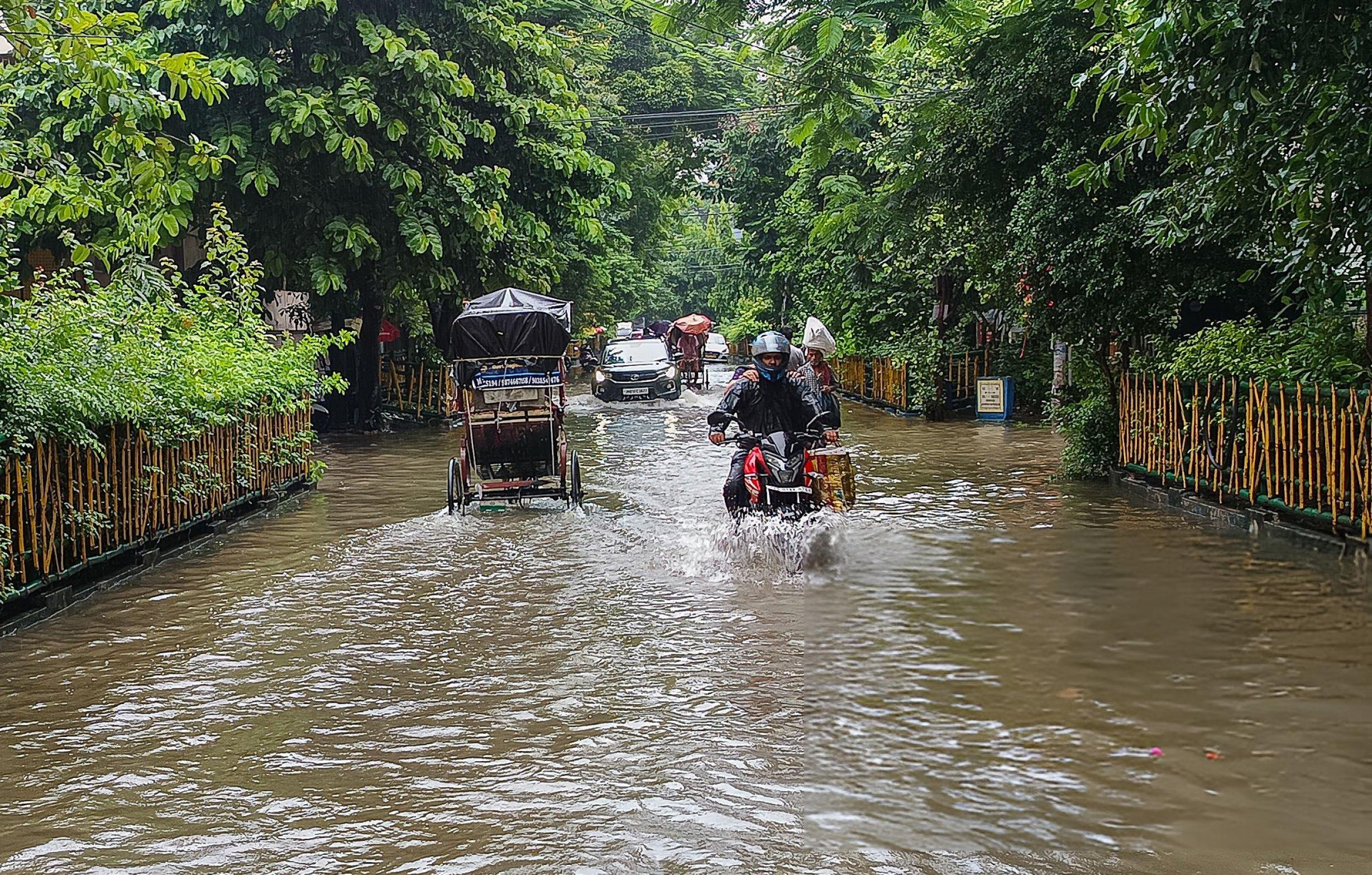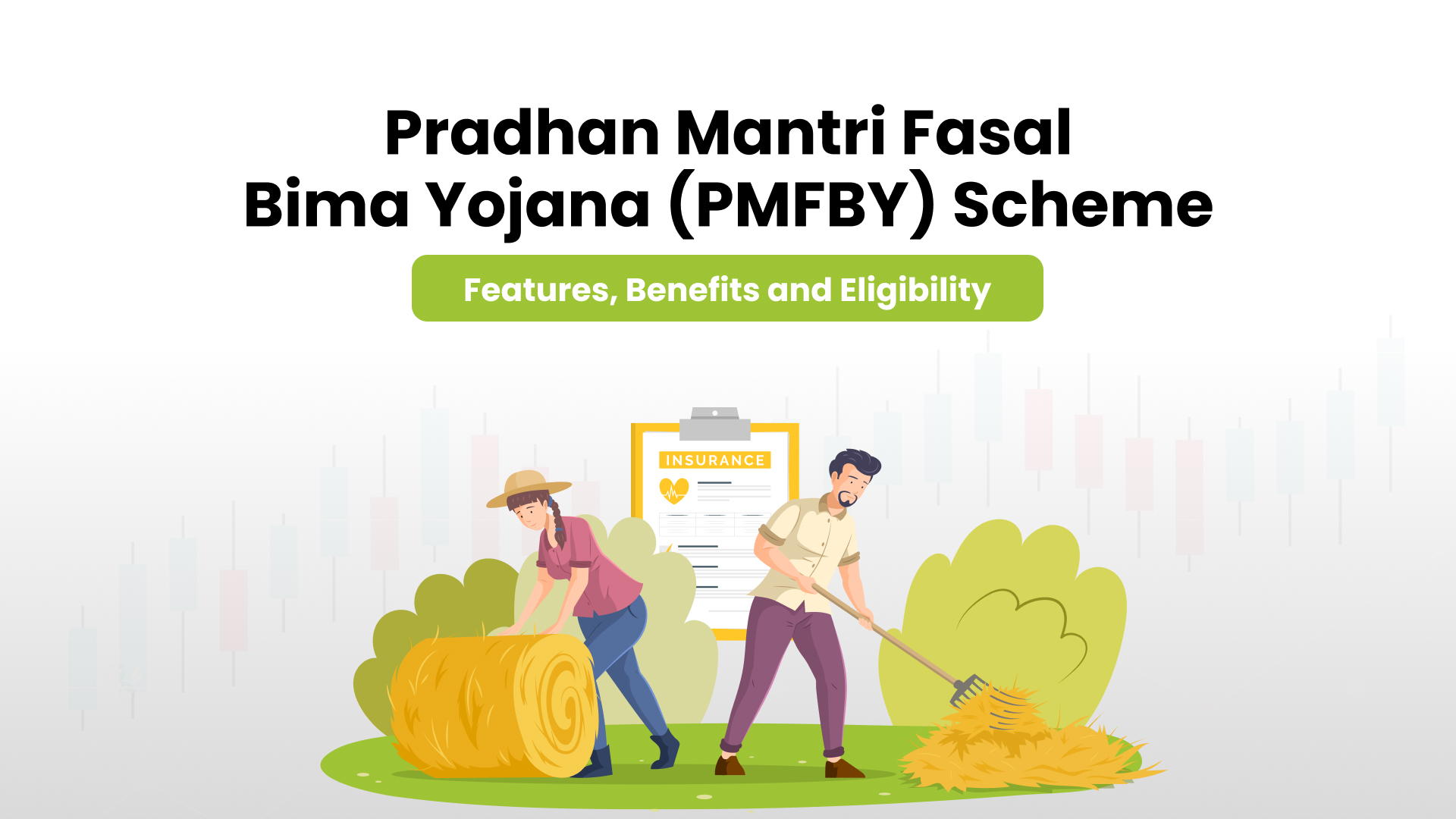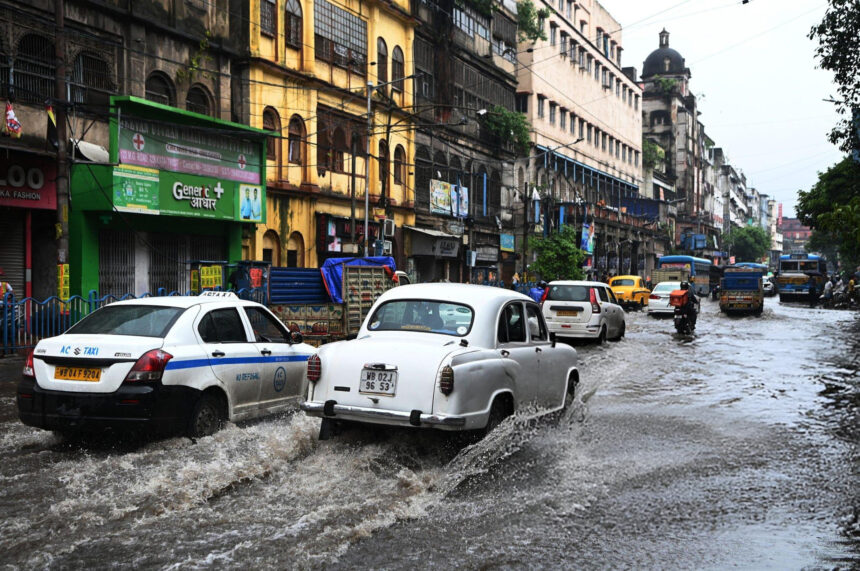As monsoon clouds build up over India in 2025, the country stands at a crucial point weighing hope against worry. Since more than 60% of Indian farming still depends on rain, the southwest monsoon’s timing, pattern, and strength play a vital role—not only for farmers, but for the whole economy, food supply, and people’s lives in the countryside. The India Meteorological Department (IMD) has released its official monsoon prediction kicking off key talks about how this season might shape India’s economic future.
What the IMD Says: A Near-Normal Monsoon With Uneven Distribution
The newest prediction from IMD released in July 2025, indicates that this year’s monsoon should be “near normal,” with rainfall expected to reach about 97% of the Long Period Average (LPA). Yet, the weather experts have also highlighted a crucial caution: the rain might not fall across regions. Some places could see rain come late, while others might have to deal with flooding in specific areas.
Here are some of the key predictions to keep in mind:
- Kerala is set to receive the monsoon right on schedule, with rains expected to arrive at the start of June.
- Central and eastern regions of India should prepare for significant rainfall during July.
- Meanwhile, in the northwest—including Punjab, Haryana, and western Uttar Pradesh—rainfall levels may fall short of usual expectations.
- There are also warnings of heavy rainfall in the northeast and along coastal regions, with the potential for flash floods in certain areas.
Overall, while India is likely to avoid a drought this season, the distribution of monsoon benefits will remain uneven across the nation.
Why the Monsoon Still Matters in 2025
Despite advancements in irrigation and rapid urban growth, Indian agriculture remains largely dependent on the monsoon. Roughly 55% of cultivated land still relies on rainfall, especially for key summer crops like rice, lentils, corn, and oilseeds. When the monsoon is unpredictable, it disrupts planting schedules, reduces yields, and can create ripple effects across the broader economy. Consistent rainfall remains critical for agricultural stability and economic performance.
Economic Implications: A Mixed Bag

1. Agriculture & Rural Economy
Assuming the weather predictions hold up—big if, I know—these near-normal rains might be a solid win for summer crops, especially across central and eastern regions like Chhattisgarh, Odisha, and parts of Madhya Pradesh. That kind of boost could translate into higher rural incomes, more job openings thanks to flagship government employment programs, and a noticeable uptick in demand for daily goods, agri-inputs, you name it.
But let’s not sugarcoat it: the northwest still faces an uphill battle. Water scarcity is already biting, and unless things change fast, we’re probably looking at reduced yields for basmati rice and cotton. Considering those are key export staples, that’s definitely not the kind of headline exporters want to see.
2. Inflation Trends
Food prices have been a worry since the start of 2025, especially for things like grains, onions, and lentils. If the rainy season doesn’t go as expected, it could make things even tougher, particularly if we end up with less produce from vegetables and pulses. However, if the monsoon is normal, it could help bring food prices down by making more food available and keeping prices steady after August.
3. Energy Sector
India’s hydroelectric power plants really rely on the monsoon rains to fill up their reservoirs. A good spell of rain would mean more electricity generated from water, less pressure on coal-fired power stations, and it would also help meet the higher demand for electricity during the busy festival season later in the year.
4. Rural Consumption & Industry
A steady monsoon is generally great news for industries like tractors, fertilizers, agrochemicals, and rural housing. However, if the rain is unreliable, it can delay planting and harvesting, which in turn can mess up incomes in rural areas. This often leads to less money being spent on things like cars, telecom services, and two-wheelers.
Climate Change: The Unpredictable Variable
Experts in weather and climate are sounding more and more alarms that climate change is making India’s monsoon season much harder to predict. Over the past few years, we’ve seen more extreme weather events, such as sudden heavy downpours, urban flooding, and long periods without rain. These events are making the traditional ways of forecasting the weather less reliable.

The forecast for 2025 looks hopeful, but it also acknowledges that we can’t completely rule out regional disasters. We’ve seen examples of this before, like landslides in Himachal Pradesh, flooding in Mumbai, and intense heatwaves in Delhi and Rajasthan that hit before the monsoon season even started.
Government Preparedness: Key Policy Measures
The Indian government and state disaster management teams are working on several fronts to lessen the impact of risks:

- They’ve expanded crop insurance through the PMFBY scheme.
- There’s more emphasis now on micro-irrigation techniques and building water harvesting structures.
- Strategies involving grain buffer stocks are being used to keep inflation in check.
- Satellite monitoring and real-time data analysis are being utilized for early warning systems.
Plus, financial inclusion initiatives like the Jan Dhan-Aadhaar-Mobile (JAM) trinity and Direct Benefit Transfers (DBT) help ensure emergency aid gets to affected rural families swiftly.
What to Watch in the Months Ahead
- August Rainfall Trends: These trends will shape the final kharif harvest outcome.
- Reservoir Levels: These are essential for planning the rabi season and determining hydropower capacity.
- Commodity Prices: Keep an eye on prices for pulses, vegetables, and grains.
- Rural Job Demand: A rise in MGNREGA sign-ups could signal stress in certain areas
Final Thoughts
The 2025 monsoon, even if it looks ‘normal’ on paper, could bring unexpected results. For a country with over 1.4 billion people, the rains are more than just a seasonal event—they’re a vital economic lifeline. Policymakers, farmers, and everyone else will need to stay flexible, strong, and keep up with the data as the monsoon’s complex story unfolds in the coming weeks.
At The Vue Times, we’ll keep tracking and reporting on India’s climate, agriculture, and economic trends as they happen. Stay tuned for expert analysis, field updates, and policy discussions.”










